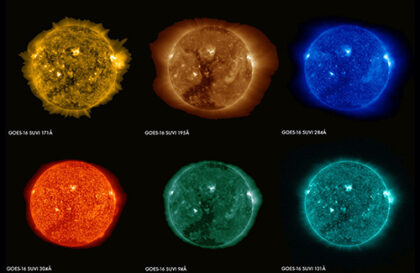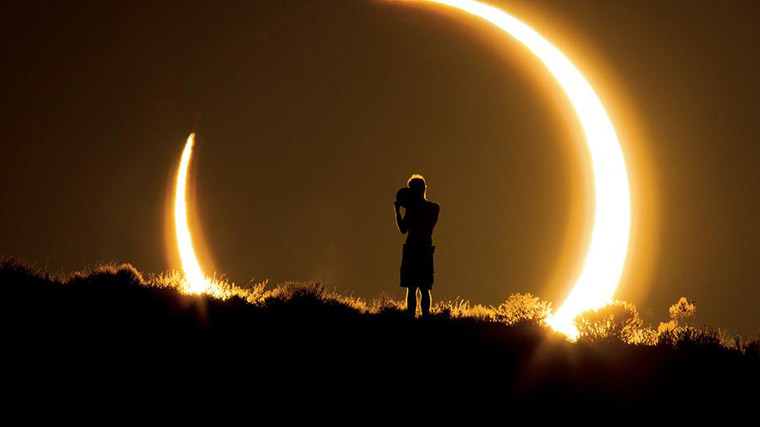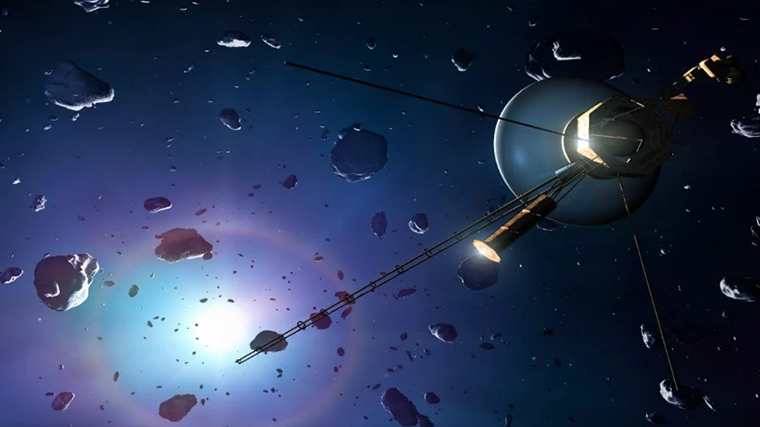The Sun accounts for 99% of the mass of our entire solar system. Only 0.000003% to Earth.
But what if the Earth were the same size as the Sun?
The entire topography of our planet will stretch, and the continents will expand – providing relief in places where overpopulation reduces the quality of life. Each reservoir will have a large area and become smaller, some will disappear altogether. They will become more susceptible to evaporation and potential drying out.
Marine life will suffer, and wild animals will have to relocate or go for fresh water. Yields will begin to decline, our soil will have to spread over a much larger area. With less soil and less food, the demand for food will remain the same.
If the Earth will have the same mass as the Sun, We will lose the Moon, we will have a gravitational pull 28 times stronger than now.
What if the Sun and the Earth each had 49% of our solar system?
A binary star system will emerge. The Earth will encounter many more asteroids. Satellites will crash to Earth, everything will collapse under the increased gravitational pressure. Only thick trees will remain low to the ground. The rest won’t be able to support the extra weight.
We will become so heavy that we will not be able to walk. At 50 kg (110 lb) on Earth, our weight would be 1400 kg (3100 ft) on an Earth the size of the Sun.
The cruel twist is that as gravity increases, and time slows down, we could live longer, probably a long, still life spent on the couch.
More doesn’t always mean better.
But what would life be like if the Sun were smaller than the Earth?
If the sun were smaller than the Earth, the Earth would not be habitable. The sun will no longer be a star. By definition, regardless of size, an Object is only a star when nuclear fusion occurs in its core. If the Sun becomes smaller than the Earth, it will not have the mass to create thermonuclear fusion and it will go out (Jupiter is therefore a failed star), and our solar system will lose a single star.
The sun is the source of gravity that keeps us in orbit, without it all the planets will float away into space.
What if the Earth is larger than the Sun and the Sun stays the same?
The mass of the earth would be at least 333,000 times what it is now. A planet this size would generate enough heat and pressure in its core to become a star. Of course, there would be no life left for her, because. she’s too hot. And in our system, there would be two suns, a binary star system, with two stars orbiting each other, and planets orbiting both of them. Life on Earth would have no chance of surviving, but life could evolve on other planets or even on the Moon. About a third of all discovered star systems are binary. Some have stable habitable zones.
Size matters?
In the universe, size and distance are very important. The Earth is close to the Sun – therefore it does not freeze like Mars and does not burn like Venus. The size of our planet, the size of the Sun, and the distance between us made it possible for life to develop on Earth.
The mass of a star determines its color and temperature. Large stars are hotter and bluer, while small ones are colder and redder.
Yes, these are fantastic scenarios. But sometimes it is useful to juggle data or look through crooked mirrors.






